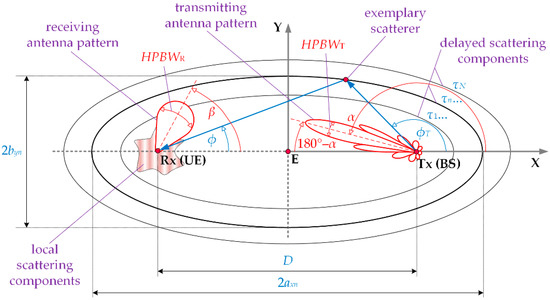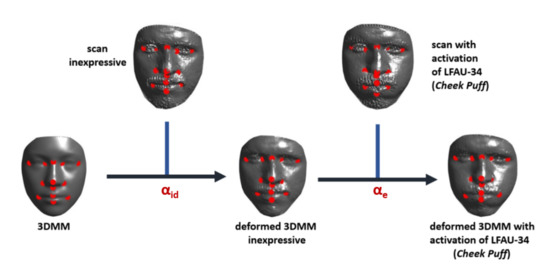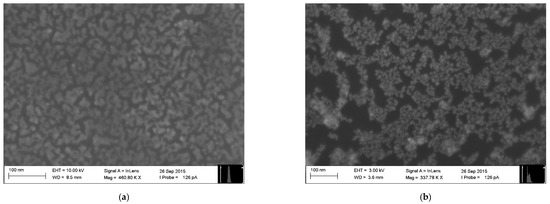Sensors 2021, 21(2), 598; https://doi.org/10.3390/s21020598 - 16 Jan 2021
Cited by 29 | Viewed by 8304
Abstract
Analog and digital SiPMs have revolutionized the field of radiation instrumentation by replacing both avalanche photodiodes and photomultiplier tubes in many applications. However, multiple applications require greater performance than the current SiPMs are capable of, for example timing resolution for time-of-flight positron emission
[...] Read more.
Analog and digital SiPMs have revolutionized the field of radiation instrumentation by replacing both avalanche photodiodes and photomultiplier tubes in many applications. However, multiple applications require greater performance than the current SiPMs are capable of, for example timing resolution for time-of-flight positron emission tomography and time-of-flight computed tomography, and mitigation of the large output capacitance of SiPM array for large-scale time projection chambers for liquid argon and liquid xenon experiments. In this contribution, the case will be made that 3D photon-to-digital converters, also known as 3D digital SiPMs, have a potentially superior performance over analog and 2D digital SiPMs. A review of 3D photon-to-digital converters is presented along with various applications where they can make a difference, such as time-of-flight medical imaging systems and low-background experiments in noble liquids. Finally, a review of the key design choices that must be made to obtain an optimized 3D photon-to-digital converter for radiation instrumentation, more specifically the single-photon avalanche diode array, the CMOS technology, the quenching circuit, the time-to-digital converter, the digital signal processing and the system level integration, are discussed in detail.
Full article
(This article belongs to the Special Issue SPAD Image Sensors)
►
Show Figures














